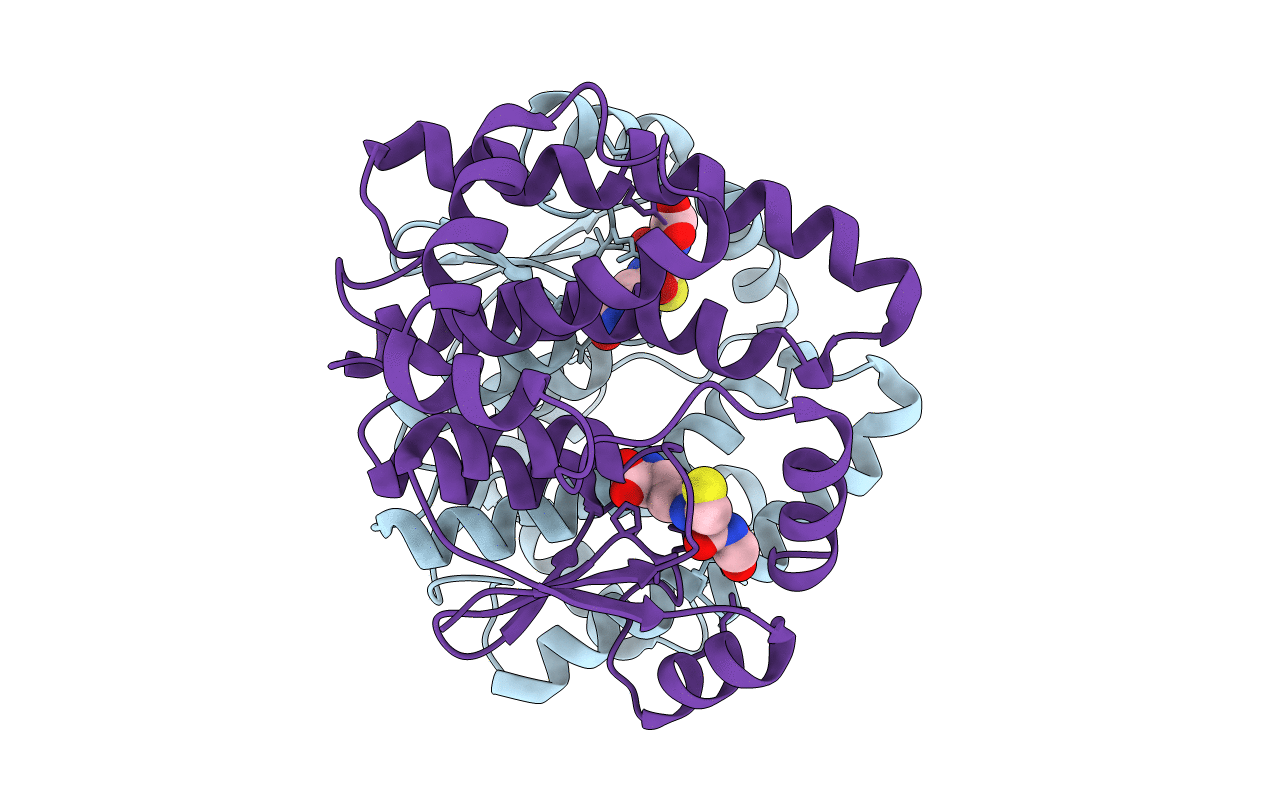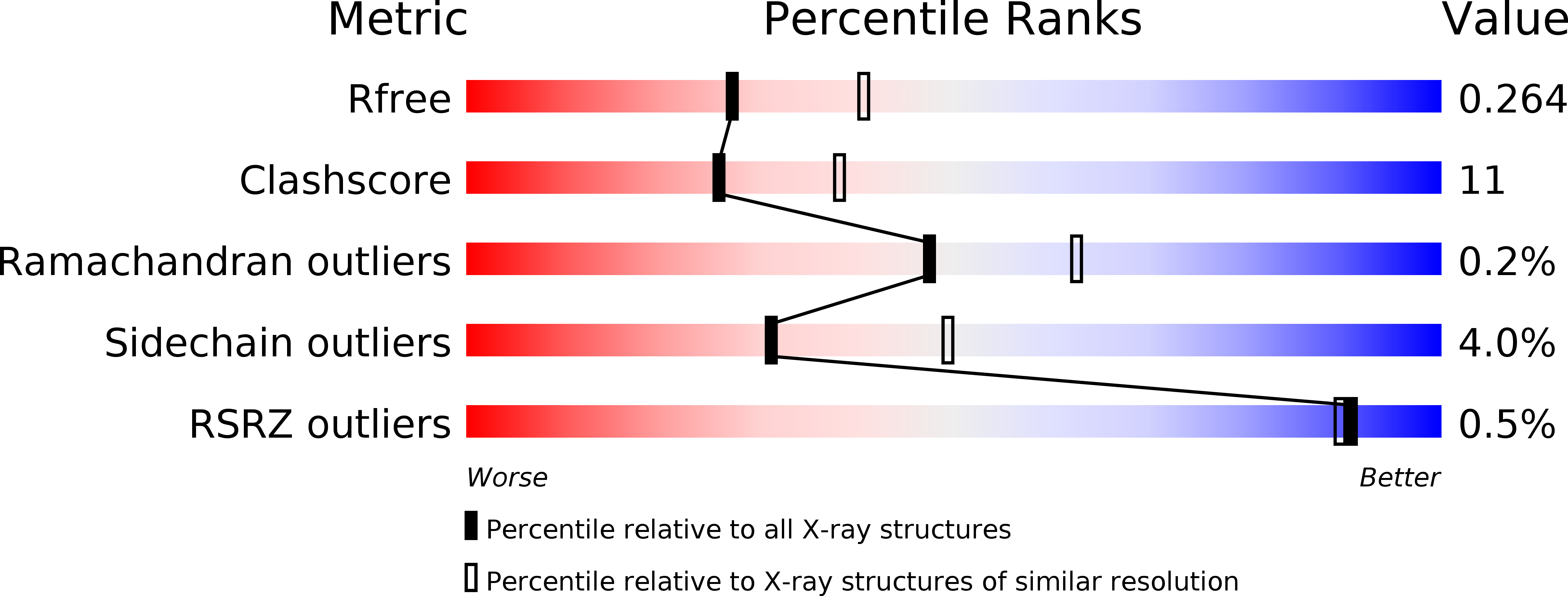
Deposition Date
2004-05-22
Release Date
2005-01-18
Last Version Date
2023-08-30
Method Details:
Experimental Method:
Resolution:
2.40 Å
R-Value Free:
0.25
R-Value Work:
0.22
R-Value Observed:
0.22
Space Group:
P 1 21 1


